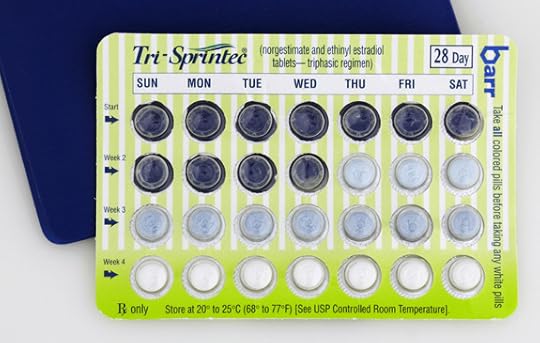The Contraception Contradiction
The Contraception Contradiction | Daniel Allott | Catholic World Report
Growing evidence suggests that the “more contraceptives, fewer abortions” theory is flawed.
[Editor's Note: This article was originally published one year ago in the May 2011 issue of Catholic World Report.]
New York City is the abortion capital of America. More than 40 percent of pregnancies in New York City end in abortion (excluding miscarriages), nearly twice the national rate. The abortion rate among the city’s black residents is a jaw-dropping 60 percent. In 2009, New York City saw more than 87,000 abortions—one roughly every six minutes.
Not surprisingly, New York City also has one of the country’s most pro-abortion political establishments. When the New York Post interviewed the City Council’s 51 members in 2010 about the city’s abortion rate, only five would allow that it was too high. One council aide even fretted that a lower abortion rate might bankrupt the city.
Asked to comment on how her city could best lower its rates of unintended pregnancy and abortion, Council Speaker Christine Quinn told the Post, “We can reduce the number of unintended pregnancies…by expanding access to contraceptives and increasing sex education.”
A similar analysis was offered in 2008 by Deborah Kaplan, deputy commissioner of New York City’s Department of Health and Mental Hygiene. Responding to questions about the city’s high abortion rate, she told Crain’s business journal, “To me, the problem is access. If we improved access to contraceptives, there would be a reduction in abortion.”
Quinn and Kaplan were echoing the conventional wisdom about the relationships between contraception, unintended pregnancy, and abortion. The theory holds that since most abortions are the result of unintended pregnancies, efforts to reduce unintended pregnancies will reduce the number of abortions. And since contraceptives can reduce the number of unintended pregnancies, expanding access to contraceptives will lower the abortion rate.
But that logic has not worked very well in practice. If New York City is the abortion capital of America, it is also the contraceptive capital of America. Free or low-cost birth control is available through dozens of publicly-funded programs at more than 200 places throughout New York state, most of them in New York City and its suburbs.
The city’s health department distributes a pocket-size guide showing teenagers where they can get low-cost or free contraception, information that is also available on the city’s 311 phone and Internet hotlines. New York City hands out three million free condoms every month at thousands of venues. The city even has its own brand of condoms, NYC Condoms.
Carl E. Olson's Blog
- Carl E. Olson's profile
- 20 followers




